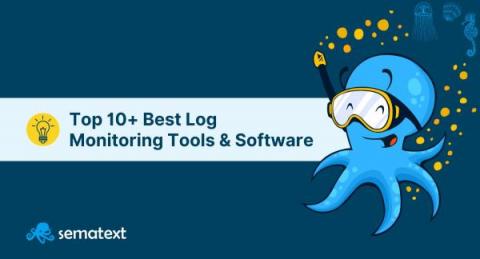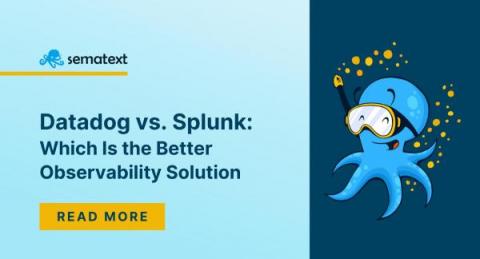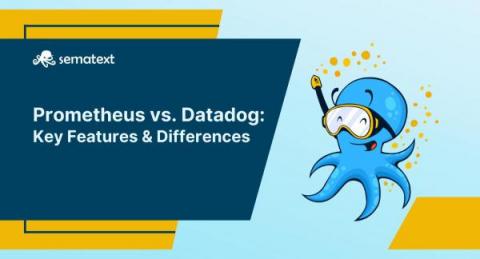Operations | Monitoring | ITSM | DevOps | Cloud
Sematext
Top 10+ Best Log Monitoring Tools & Software: Free & Paid [2023 Comparison]
In the rapidly evolving digital landscape companies are facing an increasing number of challenges in maintaining their IT infrastructure, and ensuring application stability. It is critical to stay on top of all the information to ensure the health of the organization and the business side of it. One of the ways to achieve visibility is to use a log monitoring tool to centralize the log data coming from each application and infrastructure element.
OpenSearch vs Solr: Which One Is Better to Use?
If you’re looking for a short answer on OpenSearch vs Solr, here’s a flow chart: We normally recommend the one you (or your team) already know or the prefer because, for most projects, there’s not that much in it in terms of features. Both search engines are well supported and have strong communities behind them. That said, there are significant differences, too.
Datadog vs. New Relic: Which One Is Better [2023 Comparison]
Choosing an excellent application performance monitoring tool is a challenging task. Nowadays, there are dozens of instruments, and it can be problematic to pick the right one. However, when looking into every given “top ten list”, New Relic vs. Datadog will always be there. At this point, instead of focusing on dozens of log management tools, let’s focus on some key ones. Comparing New Relic vs. Datadog offers a distinct perspective on how infrastructure monitoring should look.
Datadog vs. Splunk: Which Is the Better Observability Solution [2023 Comparison]
Datadog and Splunk are among the most popular performance monitoring tools available on the market. If you’re looking for such a solution and looking to scratch one off your shortlist, look no further than this article. In this Datadog vs Splunk comparison, we will take a deep dive into everything each tool has to offer. We will point out their similarities and differences to help you decide which tool can meet your needs better.
10 Best Datadog Alternatives & Competitors [2023 Comparison]
Several years ago, there was little choice among performance monitoring tools. You had to deal with what the market offers. Datadog is one of the oldest solutions available and, thus, well-known. Yet, it is not without flaws, which might make people look for alternative solutions since the market is booming and new tools emerge regularly.
Prometheus vs. Datadog: Key Features & Differences [2023 Comparison]
DevOps teams and security engineers use monitoring tools like Prometheus and Datadog to search for bugs and find any issues that might put an app or the entire IT infrastructure at risk. Better monitoring capabilities and aspects like event monitoring mean users can log data more effectively and engage in data collection leading to data visualization. These actions lead to infrastructure metrics, which allow experts to conduct timely analysis and prevent an app from crashing.
SSL/TLS Explained in 7 Minutes
Avoid common mistakes when assigning Elasticsearch Mappings in your cluster
Elasticsearch is a search and analytics engine that allows for complex searches on large datasets of different types and formats. Elasticsearch mappings are the blueprints that define how data is indexed and searched to support these data-related features. Understanding how Elasticsearch mappings work is essential to an effective Elasticsearch deployment. In this article, we’ll explore the key concepts of Elasticsearch mappings and common Elasticsearch mapping pitfalls to avoid.











